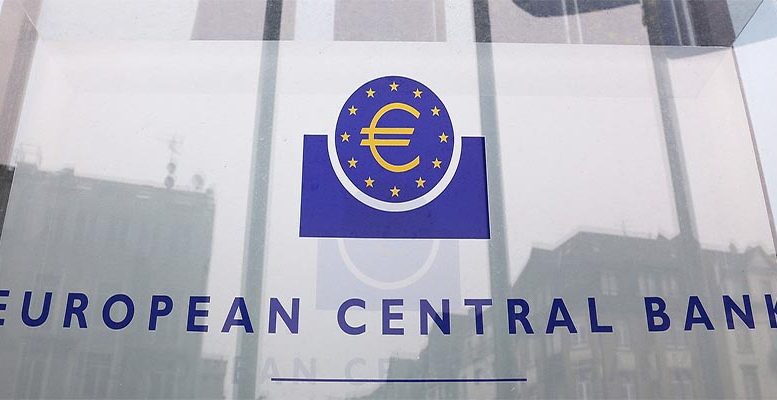The ECB’s recommendation to banks not to pay dividends until 2021 is credit positive in the short term. Retaining earnings will help absorb future credit losses and reduce the risk of regulatory intervention higher up the capital structure.
However, if shareholders have no prospect of achieving adequate returns on their investments, a policy of blanket bans extended for too long risks increasing banks’ cost of capital over time, especially well-capitalised banks.
The European Central Bank already urged banks under its supervision in March not to pay dividends or buy back shares for the 2019 and 2020 financial years until at least 1 October 2020. Last week’s recommendation pushes this to 1 January 2021, although scrip dividends are allowed. This cautious approach will likely be followed by other European regulators including the UK’s PRA. Banks have been disciplined so far and there have been just a few exceptions, agreed on a case-by-case basis. The absence of similar treatment for AT1 coupons is reassuring for investors in these hybrid instruments.
As lockdowns have now been lifted across Europe and economies are gradually catching up, there are clear signs of recovery across the board. Still, we believe the slow return of economic activity to pre-crisis levels, the inevitable rise of unemployment in the short term and another possible wave of lockdowns, even partial ones, warrants a precautionary approach to dividend distribution. The ECB’s renewed recommendation balances the downside risks on the macroeconomic outlook and remaining uncertainties about the direction of bank asset-quality indicators and revenue streams for the remainder of the year.
Given the unprecedented EU and government support packages, banks are also expected to take their share of actions to keep the economy afloat. Not only by expanding credit facilities (many of them State-guaranteed) but also by adopting low profiles on cash distribution, from remuneration policies to dividend payments. In this context, we view the ECB recommendation not to pay dividends as a quid pro quo for European banks.
The exceptional regulatory forbearance granted recently was intended to help banks navigate turbulent times. It allows banks to operate temporarily below regulatory minimum levels; for instance in terms of Liquidity Coverage Ratio (LCR), or below the (often not disclosed) Pillar 2 Guidance (P2G) add-on for capital adequacy. Some flexibility was also brought forward to this year allowing banks to meet Pillar 2 requirements with non-core capital, including Additional Tier 1 and Tier 2 instruments. Finally, we see the ability of banks to grant payment holidays to customers without triggering a problem loan classification and putting aside impairment charges as another major accommodating measure to protect banks’ P&Ls.But we believe this one-size-fits-all approach to dividend payments could come into question in the long run if it appears to be too rigid and/or has adverse unintended effects. First, banks across the EU face different post-lockdown operating conditions; some recovering more rapidly than others. A more efficient capital-optimisation strategy for banks with large buffers and better-performing domestic economies would make sense, in our view. We believe some
Nordic banks are heading in that direction. UBS also recently indicated that it was well positioned to pay the second tranche of its 2019 dividend later this year and would consider a share buyback.
Dividends represent an important source of revenues for shareholders, supporting their own creditworthiness. Dividend payments may be an important source of revenue for local communities, especially for entrenched mutually-owned retail groups. The ring-fencing of intra-group revenues may become an issue for conglomerates. The ability of international groups to upstream dividends from their foreign subsidiaries, even within the euro area, has proved to be a sensitive topic in the past. It is a critical source of income for parent companies that are non-operating holdings exposed to material double leverage.
In the case of a prolonged economic downturn, it remains to be seen if the extension of the ECB’s recommendation not to pay dividends could turn a ‘temporary and exceptional’ measure, as highlighted in yesterday’s communication, into a permanent de facto macro-prudential tool. We note that the US Federal Reserve recently linked equity dividends to quarterly earnings in its latest Comprehensive Capital Analysis and Review (CCAR) exercise.
For European banks, such a prolonged approach would likely hamper their access to capital markets at a time when already low long-term profitability prospects have damaged the banking sector’s attractivity for equity investors. We are therefore not surprised that banks are reluctant to reduce their MDA buffers to increase lending when faced with a very high cost of capital and much uncertain prospects on the macro front. The ECB reported an annualised return on equity at an aggregate level of just 1.21% at the end of the first quarter of 2020 for the significant financial institutions it covers.





